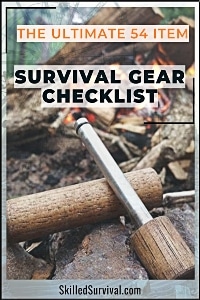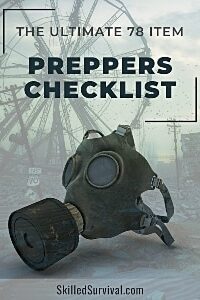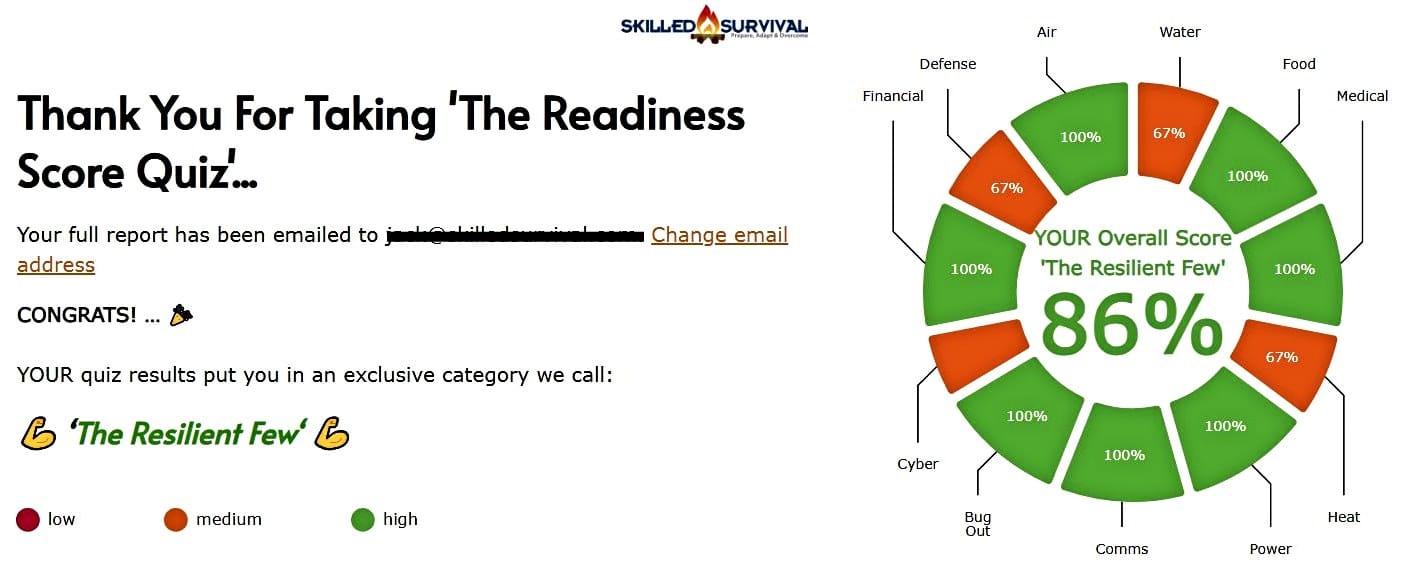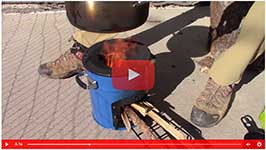 A Complete Guide On Finding The Best Manual Wood Splitter For YOU
A Complete Guide On Finding The Best Manual Wood Splitter For YOU
Splitting firewood by hand is a time-honored tradition—great for staying warm, building muscle, and working up a proper appreciation for modern tools.
But swinging an axe all day? That’s a fast track to a sore back and a bad attitude.
That’s where manual firewood splitters come in—giving you a smarter, safer, and more efficient way to split logs without the fuel costs or noise of gas-powered machines.
If you’re ready to upgrade from brute force to brainpower, this guide will walk you through everything you need to know about manual firewood splitters, including:
✅ The best manual firewood splitters on the market
✅ Key features to look for when buying one
✅ How to use a manual firewood splitter (so you don’t wreck your hands or dignity)
✅ Who should get one (and who should stick to an axe or hydraulic splitter)
Let’s dive in (but first)…

Want a free 54 item survival gear checklist?
Enter your email below to instantly download this Complete Checklist PDF. No purchase necessary. 👇 👇
Manual Firewood Splitters
Not all manual splitters are created equal. Some are great for big, tough logs, while others are better suited for kindling and small jobs. Here are the top-rated manual firewood splitters:
1. Kindling Cracker
🔹 Best for: Splitting small logs and making kindling
🔹 Why it’s great: Stationary wedge design—just hit the log with a mallet
🔹 Max log size: 6.5-inch diameter logs
🔹 Why you’ll love it: Zero maintenance and safe for all ages. Perfect for campers, cabin owners, and anyone who loves a good bonfire.
Check it out here
Kindling Cracker – Firewood Splitter Review
2. Kindling Cracker XL
🔹 Best for: Splitting medium logs and making kindling
🔹 Why it’s great: Stationary wedge design—just hit the log with a mallet
🔹 Max log size: 9-inch diameter logs
🔹 Why you’ll love it: Same as the previous one, just a big larger/heavy to accommodate larger log sizes.
Check it out here
Kindling Cracker XL – First Try
Note: These are the only 2 I recommend. Everything else has too many compromises to be considered a top option.
Key Features to Look for in a Manual Firewood Splitter
A good manual firewood splitter should be strong, stable, and safe. Here’s what you should consider before buying:
🔹 Splitting Mechanism – Hydraulic pump? Slide hammer? Wedge-and-mallet design? Pick one based on your strength and log size needs.
🔹 Max Log Size – Some splitters handle only small logs for kindling, while others can split thicker, tougher pieces of firewood.
🔹 Portability – If you need something lightweight for camping or off-grid use, avoid bulky hydraulic models.
🔹 Durability – Cast iron and hardened steel blades last longer than cheap aluminum or plastic parts.
🔹 Ease of Use – If your goal is less effort, go for hydraulic splitters or wedge-based designs that don’t require brute force.
How to Use a Manual Firewood Splitter (Without Wrecking Yourself)
Using a manual firewood splitter the right way will keep you safe and make the job much easier. Here’s the step-by-step process:
1. Prep Your Work Area
✔️ Set up on solid, level ground (concrete or packed dirt works best)
✔️ Wear safety gear – gloves, boots, and eye protection (flying wood chips are no joke)
✔️ Stack logs nearby so you don’t have to stop and reload every few minutes
2. Position the Log
✔️ Place the log upright and centered on the splitter
✔️ If using a wedge-style splitter, align it straight over the grain for a clean break
3. Apply Force
✔️ For hydraulic splitters – Pump the handle until the log splits
✔️ For slide hammer splitters – Lift the hammer and slam it down onto the wedge
✔️ For wedge-style splitters – Strike the log with a heavy mallet until it cracks
4. Remove & Repeat
✔️ Clear the split logs away before placing another one
✔️ If a log doesn’t split completely, rotate it and try again
Pro Tip: Don’t rush. Splitting firewood is about technique, not just strength.
Let the tool do the work!

Want a free 78 item prepper checklist?
Enter your email below to instantly download this Complete Checklist PDF. No purchase necessary. 👇 👇
Who Should Get a Manual Firewood Splitter?
A manual firewood splitter isn’t for everyone—but it might be perfect for you if:
✅ You want a safer alternative to an axe – If you’re tired of swinging a maul (or just worried about missing your target), a splitter gives you more control and less risk.
✅ You don’t want to deal with gas-powered machines – Hydraulic and electric splitters are great, but they require maintenance, fuel, or electricity. Manual splitters work anywhere.
✅ You need something portable – If you’re heading to a cabin or off-grid property, a small manual wood splitter is easier to transport than a heavy-duty hydraulic model.
✅ You want to save money – Manual splitters cost a fraction of electric or gas-powered splitters. If you’re only splitting firewood for personal use, a $100–$300 splitter will get the job done without breaking the bank.
However…
❌ If you need to split massive logs all winter long, you might want to invest in a powered splitter instead. Manual splitters are fantastic for smaller jobs, but they’ll wear you out if you need to process cords of wood regularly.
Final Thoughts: Should You Get a Manual Firewood Splitter?
If you love the idea of splitting firewood without gas, electricity, or unnecessary effort, a manual firewood splitter is a smart buy. It’s safer than an axe, cheaper than a power splitter. And far more efficient than splitting logs the old-fashioned way.
🔥 For small logs and kindling? Go for a wedge-based splitter like the Kindling Cracker.
🔥 For medium-sized logs? A slide hammer splitter gives you controlled power.
🔥 For big logs? A hydraulic manual splitter is your best bet.
At the end of the day, the right tool makes all the difference. If you want faster, easier, and safer firewood splitting, a manual wood splitter belongs in your shed.
Now, go forth and split wood like a pro. 💪🔥

Prepare, Adapt & Overcome,
P.s. – I just found out 2 out of 3 Americans don’t feel prepared for a 3 day disaster!!!

I guess this goes to show how modern society continues to embrace ‘living a fragile life.’ What’s crazy is… it’s so easy to fix.
To make sure YOU have the basics, watch our FREE training on “10 Simple Steps To Basic Preparedness” that shows you HOW.
Nothing crazy here… this isn’t doomsday prepping… just the basics every responsible adult should have before a disaster strikes.
Why You Can Trust Skilled Survival…
Go here now to review a full breakdown of:
- Who We Are
- Our Credentials
- Our Mission
- & Product Recommendations…
Here are a few highlights of our teams credentials & certifications:
- Certified Member of a Mountain Search & Rescue Organization
- Plant Emergency & Safety Leader for a Major Food Manufacturer
- Member of the 10TH Mountain Division Hut Association
- Certifications: Avalanche 1, WFR, CPR
- Official Gear Tester for Numerous Outdoor Gear Companies
- Countless Multiday Backpacking trips into Remote Wilderness
- Bachelor’s Degree In Mechanical Engineering
- Bachelor’s Degree In Civil Engineering
- Bachelor’s Degree In Biomedical Engineering
“It takes 20 years to build a reputation and five minutes to ruin it.” – Warren Buffett
We’re fully aware that trust is NOT something you GET but is EARNED.
And we’ll continue to earn YOUR trust through our forthright and honest approach with each new Blog Post, Guide & Product we create…
P.s – I just took this FREE 60-second ‘Readiness Score Quiz’👇

AND… I’ve still got a few gaps in my preps…🤔
But at least, I’m not part of ‘The Fragile Masses’. 👍
Find out where YOU stand by answering a few questions…


Get My 10 Steps To Basic Preparedness Video For FREE.
Plus daily survival tips (unsubscribe anytime).
Read the full article here








Leave a Reply